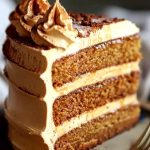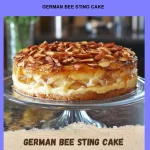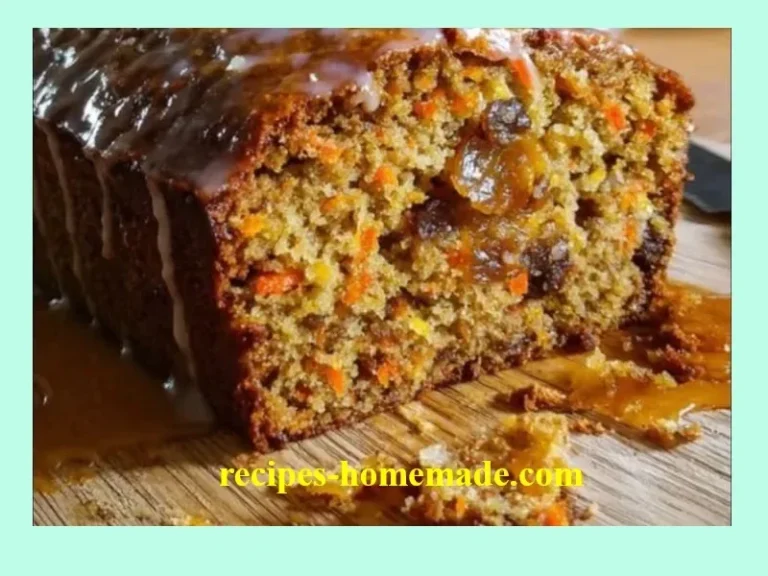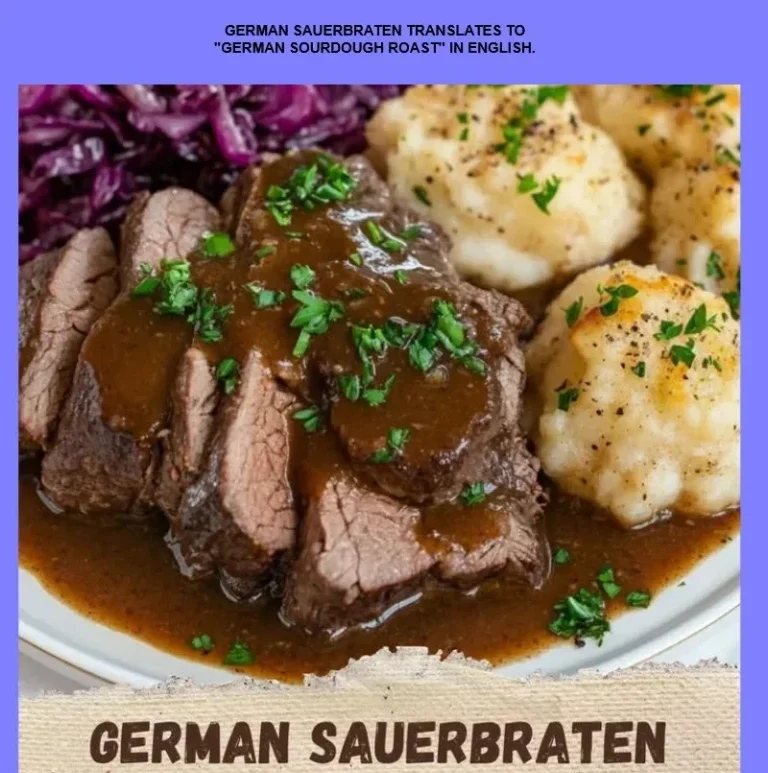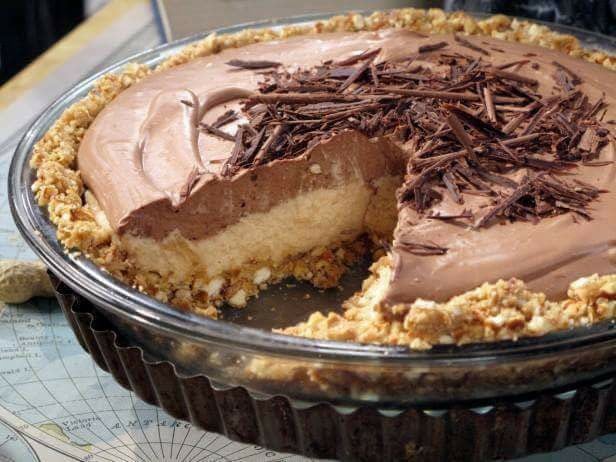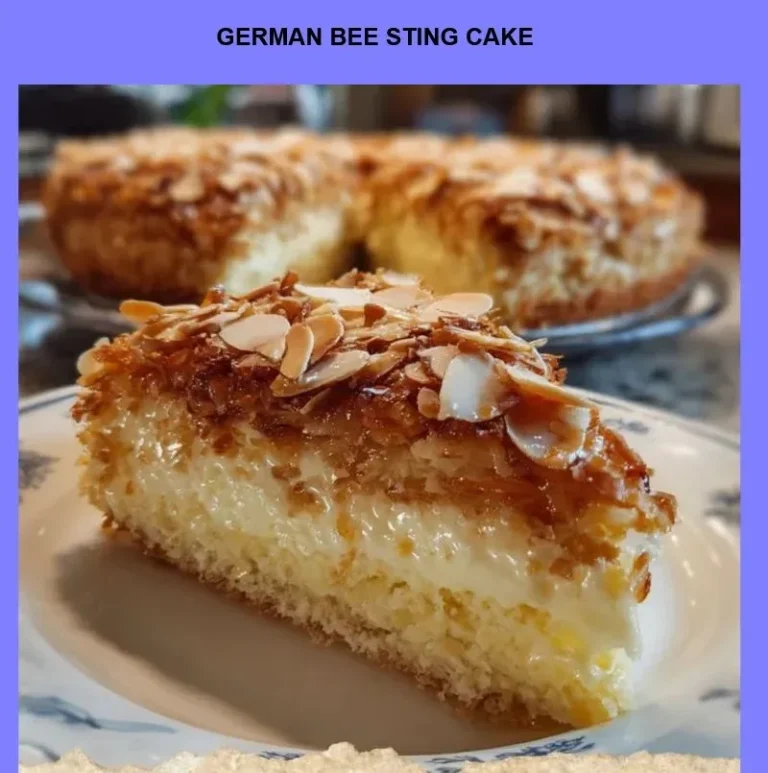Classic German Cheesecake
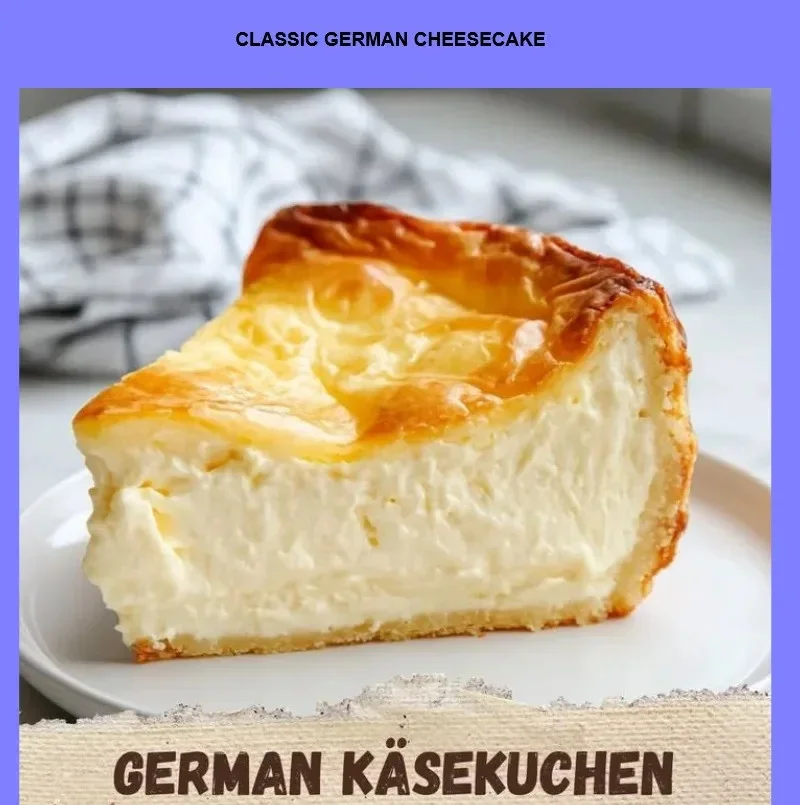

Easy Homemade Classic German Cheesecake (Traditional Quarkkuchen) — Light, Healthy & Delicious
Classic German Cheesecake (Quarkkuchen) has been my go-to comfort dessert for years — light, tangy, and somehow both rustic and elegant. I still picture my grandmother pulling a warm quarkkuchen from the oven on slow Sunday afternoons; the whole house smelled like lemon and vanilla. This easy, traditional Classic German Cheesecake is perfect for a weeknight treat, a Sunday family meal, or the centerpiece at holiday coffee hours like Easter or Christmas.
If you’re looking for the best Classic German Cheesecake recipe to make at home, this one is forgiving, slightly tangy, and can be made healthier without losing any of the soul-soothing flavor.
🧂 Ingredients:
- For a 9-inch (23 cm) springform pan — serves 8–10
- Crust (optional):
- 150 g (1 1/2 cups) graham cracker crumbs or digestive biscuits (or 150 g almond flour for gluten-free/keto)
- 75 g (5 tbsp) unsalted butter, melted (or coconut oil for dairy-free)
- 2 tbsp brown sugar or 1 tbsp sweetener (optional)
- Filling:
- 500 g (about 2 1/4 cups) quark (or use full-fat cream cheese or well-drained ricotta/cottage cheese — see swaps below)
- 200 g (3/4 cup + 2 tbsp) sour cream or full-fat Greek yogurt
- 150 g (3/4 cup) granulated sugar (or 1:1 sugar substitute)
- 4 large eggs, room temperature
- 1 tsp vanilla extract
- 1 tbsp lemon juice and zest of 1 lemon
- 100 g (3/4 cup) all-purpose flour (or 60 g cornstarch or 3/4 cup almond flour for low-carb)
- 1/2 tsp baking powder
- Pinch of salt
- Optional toppings:
- Powdered sugar, fresh berries, fruit compote, or a light berry sauce
Notes:
- 500 g quark ≈ 2 1/3 cups. If quark is unavailable, use full-fat cream cheese plus 4 tbsp sour cream for texture, or blend cottage cheese until smooth.
👩🍳 Directions:
- Preheat your oven to 325°F (160°C). Grease a 9-inch (23 cm) springform pan and line the bottom with parchment for easy removal. (Prep time: ~15–20 minutes.)
- Make the crust (optional): Mix crumbs (or almond flour) with melted butter and sugar. Press evenly into the bottom of the pan. Chill in the fridge while you make the filling.
- In a large bowl, beat the quark (or cream cheese) with sour cream/Greek yogurt and sugar until smooth and creamy — about 2–3 minutes.
- Add eggs one at a time, mixing gently after each until just combined. Stir in vanilla, lemon juice, and lemon zest.
- Sift in flour and baking powder (or fold in cornstarch/almond flour), add a pinch of salt, and fold until smooth. Do not overmix.
- Pour the filling over the chilled crust (or directly into the pan if crustless). Smooth the top with a spatula.
- Bake at 325°F (160°C) for 50–65 minutes. The edges should be set and lightly golden; the center will still wobble slightly. Baking tip: for fewer cracks, you can place a pan of hot water on the lower rack (water bath) OR turn the oven off and crack the door open in the last 15 minutes; allow the cake to cool slowly inside the oven for 30 minutes.
- Remove from oven and let cool to room temperature — about 1 hour. Then refrigerate for at least 4 hours, preferably overnight, to set fully.
- Run a knife around the edge before releasing the springform. Top with powdered sugar, fresh berries, or a spoonful of warm fruit compote before serving.
- Slice with a sharp knife dipped in hot water and wiped dry between cuts for clean slices. Serve chilled or at room temperature.
Total timeline: ~20 min prep + 55–65 min bake + cooling (1 hr room temp + 4+ hrs chill).
💡 Tips & Variations:
- Quark substitutions: If quark isn’t available, use full-fat cream cheese (500 g) with 2–3 tbsp sour cream for a similar tang. For a lighter version, use well-drained low-fat Greek yogurt or strained cottage cheese blended smooth.
- Gluten-free: Use 150 g almond flour for the crust and replace the all-purpose flour in the filling with 60 g cornstarch or a GF flour blend.
- Low-carb / Keto: Use almond flour crust, swap sugar for erythritol/monk fruit blend, and substitute flour in the filling with 3–4 tbsp coconut flour or additional almond flour (the texture will be slightly different).
- Vegan option: Make a tofu/cashew-based filling — blend 400 g silken tofu or 2 cups soaked cashews with 100 g vegan cream cheese, 3–4 tbsp maple syrup, 2 tbsp lemon juice, 1 tsp vanilla, and 3 tbsp cornstarch/arrowroot; bake similarly in a crust made from dates + nuts.
- No-crust option: Simply omit crust and bake in a lightly greased pan — this is the traditional German way sometimes referred to as “Käsekuchen ohne Boden.”
- Flavor add-ins: Fold in 1/2 cup raisins soaked in rum, 1/2 cup lemon curd swirl, or 1 cup fresh blueberries for a fruity twist.
- Prevent cracks: Bake low and slow; avoid overbeating eggs; cool gradually with the oven door cracked open.
- Serving ideas: Serve with a berry compote, a dollop of lightly sweetened sour cream, espresso, or afternoon tea.
- Storing leftovers: Refrigerate covered for up to 4 days. Freeze slices wrapped tightly for up to 1 month; thaw overnight in the fridge.
🩺 Health & Lifestyle Tie-in (Optional)
Quark-based German cheesecake offers a surprising boost of protein from quark and eggs, and when you choose healthier crust and sugar alternatives, it can be a reasonable treat that supports muscle and bone health in moderation. Small changes in what we cook and eat can add up — choosing wholesome ingredients today can help you feel better tomorrow, and over time may reduce health-related expenses by promoting overall well-being.
❤️ Conclusion
There’s something utterly comforting about a slice of Classic German Cheesecake — tangy, smooth, and lovingly simple. If you make this recipe, please tell me how it turned out in the comments or tag me in a photo — I’d love to see your quarkkuchen (and any tasty twists you tried)!
#fblifestyle



